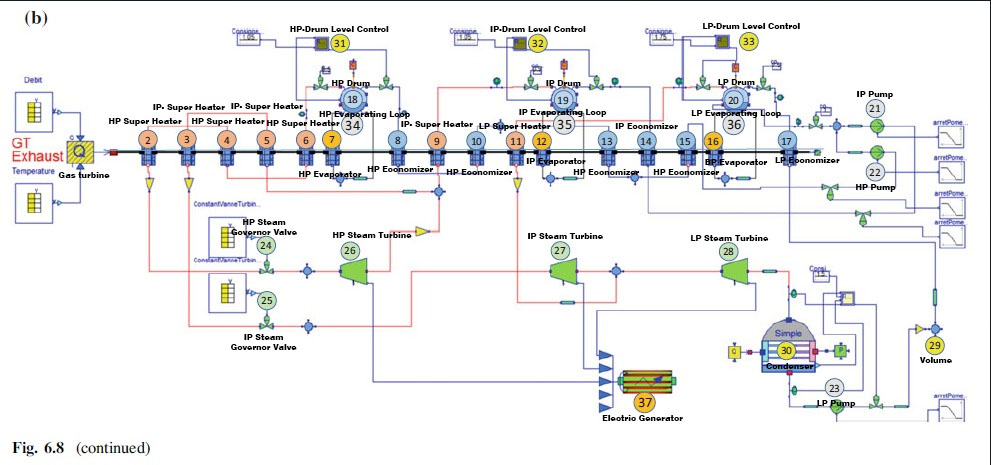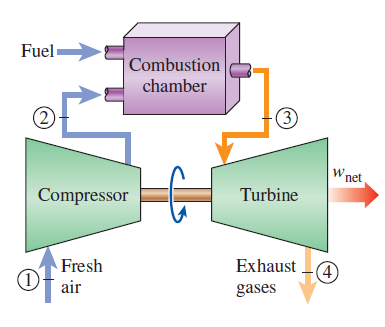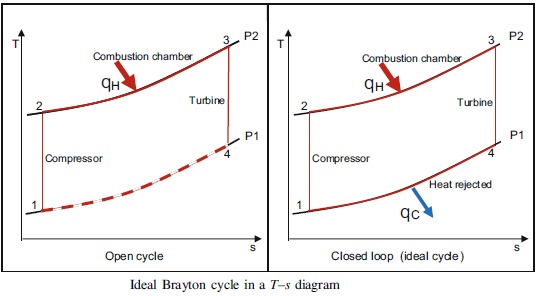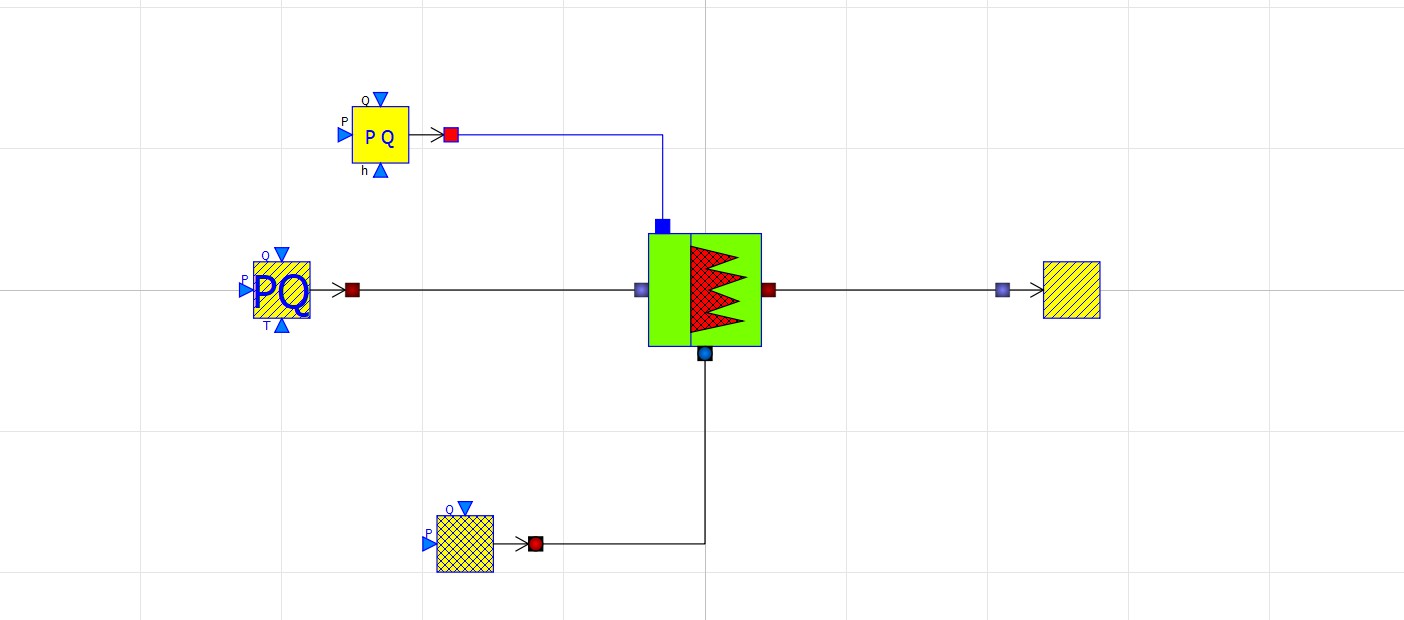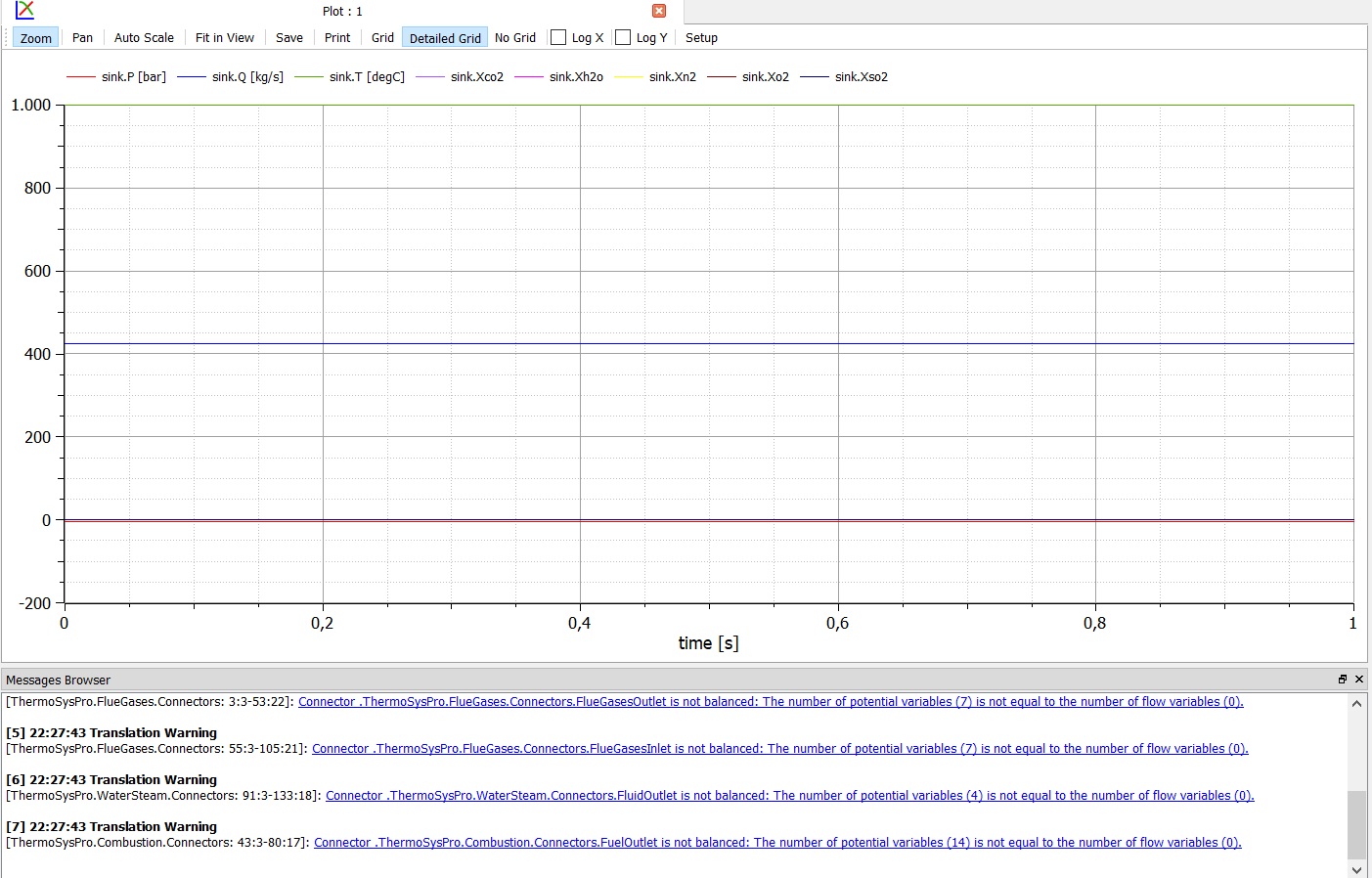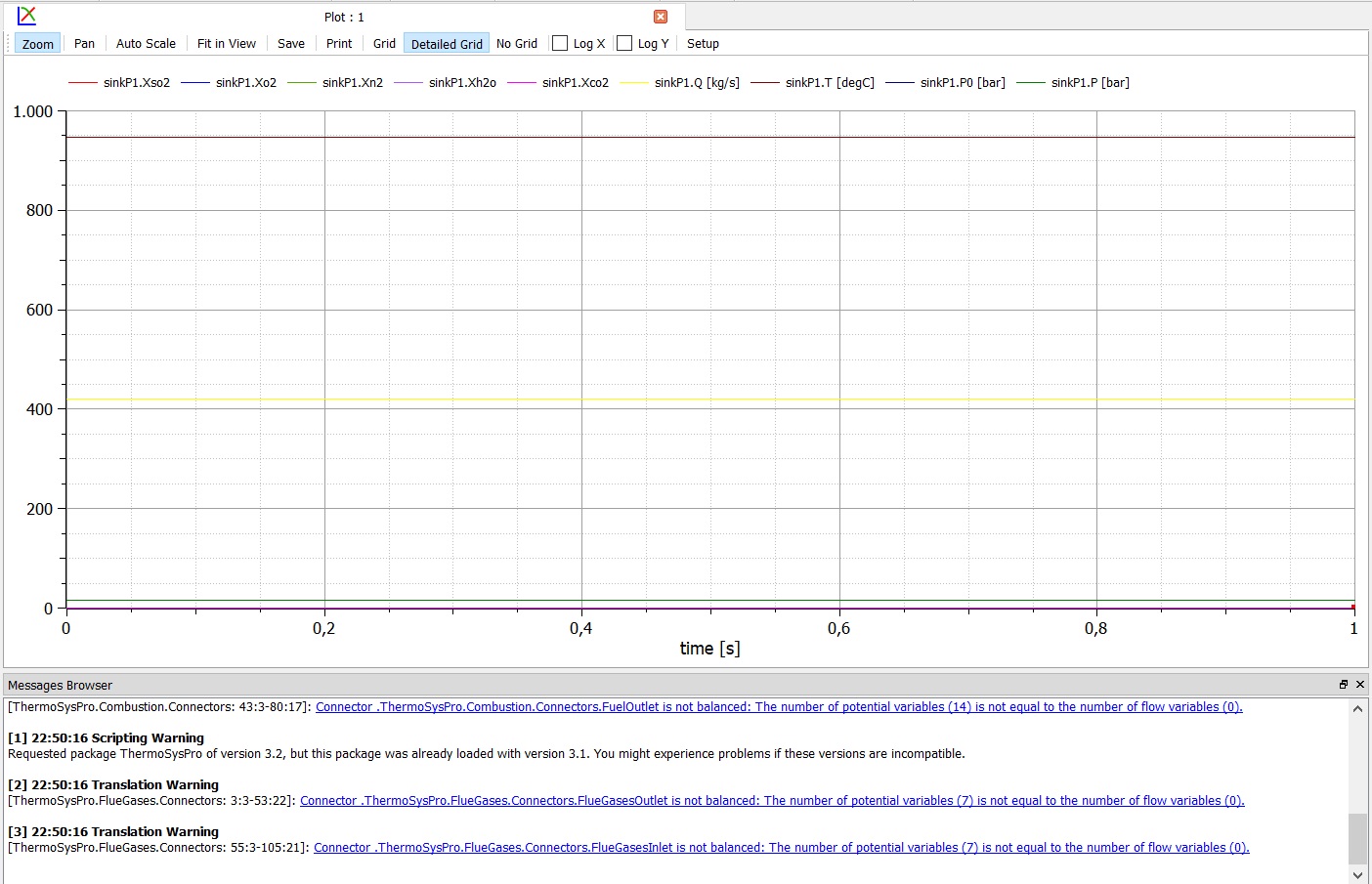Ardaffa Kemal Rasha
Name: Ardaffa Kemal Rasha
NPM: 1806187890
Place, date of birth: Tangerang, 28 May 2000
I am a student at the Faculty of Engineering, University of Indonesia, Mechanical Engineering international class batch of 2018. I am currently studying in the 6th semester and the reason I took the Mechanical Engineering Study Program is because of my interest in machinery, and also with the hope that I can work in Mechanical Engineering after graduating from the University of Indonesia. My interest in Mechanical Engineering is in the automotive sector, my father who is a graduate of Mechanical Engineering UI also played a big role in my interest in studying at Mechanical Engineering UI.
23 February 2021
Today I feel healthy and happy, even though during my ECS class I had internet problems so that my connection was intermittent so I didn't catch the material, but my classmates have taught today's material after class so that I don't miss the material.
In simple terms, energy is power that can be used to carry out various process activities. When I have to explain to elementary school children what energy is. I will use the analogy that energy is food that humans need to carry out daily activities such as studying and working.
24 February 2021
At today's meeting, we started the class with a presentation from each student regarding their wikipage containing about themselves and yesterday's class review. We also got an introduction to the OpenModelica software. Tasks: Practice and get better with OpenModelica
2 March 2021
At today's meeting we gave our opinion on what energy conservation we think is, and we studied the formulas that can be used in OpenModelica. Besides that, we also received an explanation about OpenModelica by our friend Zakaria Bustami.
The Brayton cycle is a thermodynamic cycle named after George Brayton that describes the workings of a constant-pressure heat engine. Brayton Cycle can be summarized into 4 internally reversible process:
1-2 Isentropic compression (in a compressor)
2-3 Constant-pressure heat addition
3-4 Isentropic expansion (in a turbine)
4-1 Constant-pressure heat rejection
Ideal Brayton cycle:
isentropic process – ambient air is drawn into the compressor, where it is pressurized. isobaric process – the compressed air then runs through a combustion chamber, where fuel is burned, heating that air—a constant-pressure process, since the chamber is open to flow in and out. isentropic process – the heated, pressurized air then gives up its energy, expanding through a turbine (or series of turbines). Some of the work extracted by the turbine is used to drive the compressor. isobaric process – heat rejection (in the atmosphere). Actual Brayton cycle:
adiabatic process – compression isobaric process – heat addition adiabatic process – expansion isobaric process – heat rejection
A temperature–entropy diagram, or T–s diagram, is a thermodynamic diagram used in thermodynamics to visualize changes to temperature and specific entropy during a thermodynamic process or cycle as the graph of a curve. It is a useful and common tool, particularly because it helps to visualize the heat transfer during a process. For reversible (ideal) processes, the area under the T–s curve of a process is the heat transferred to the system during that process.
3 March 2021
On today's class we discuss about entropy and enthalpy.
Entropy is a scientific concept, as well as a measurable physical property that is most commonly associated with a state of disorder, randomness, or uncertainty.
Entropy formula: ΔS = ΔQ / T
where: ΔS is change of entropy (joule/kelvin)
ΔQ is change of heat (joule)
T is temperature (kelvin)
Enthalpy is a property of a thermodynamic system, defined as the sum of the system's internal energy and the product of its pressure and volume. It is a convenient state function standardly used in many measurements in chemical, biological, and physical systems at a constant pressure.
Enthalpy formula: H = U + pV.
Where: H is enthalpy of the system (joule)
U is internal energy (joule)
p is pressure (Pa)
V is volume (m^3)
9 March 2021
Today we learn on how to use OpenModelica, we built a combustion model
However when I try to simulate the model it says an error because I have a different version of OpenModelica
I will try to run this simulation again after I install an older version of OpenModelica
After I re-install the older version of OpenModelica I can finally see the simulation result.
10 March 2021
Today we practice to use OpenModelica and build a compressor with different parameters, Thareq, our classmate taught us how to be better at OpenModelica.
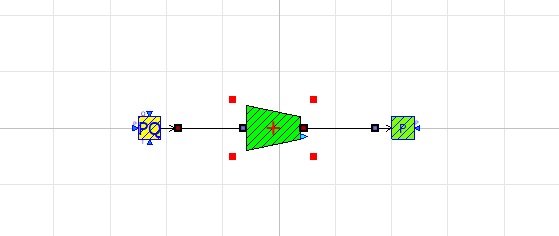
This is the model I built.
This was the parameter I used.
And this is the simulation result.
<utube> https://youtu.be/CpqzQU9d_mI <utube>

